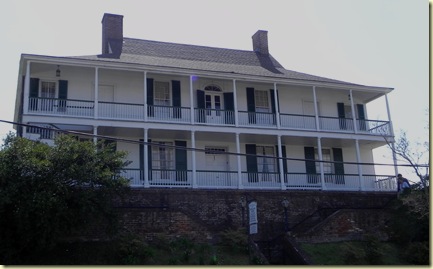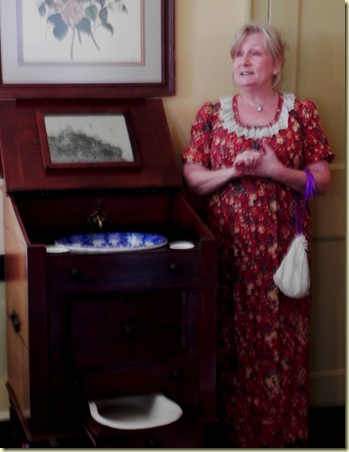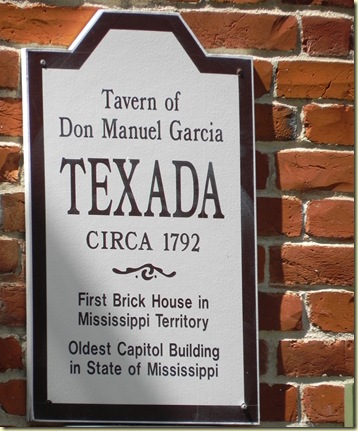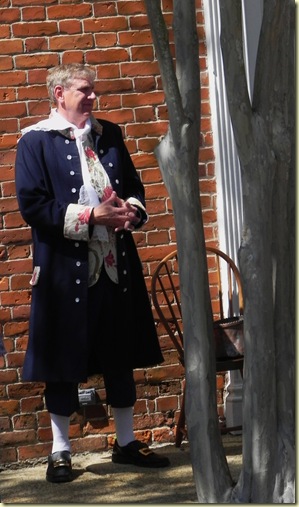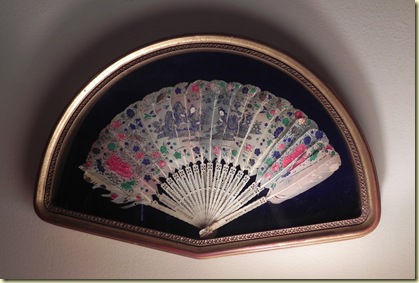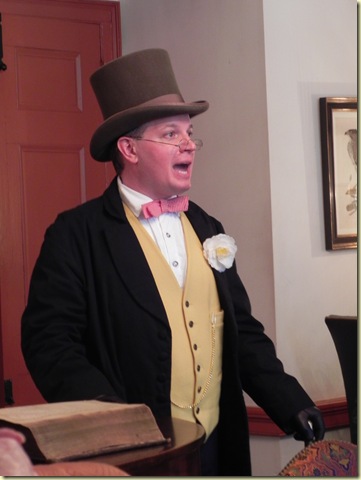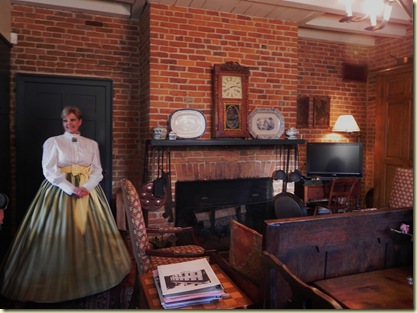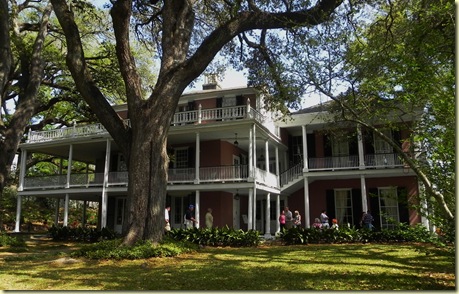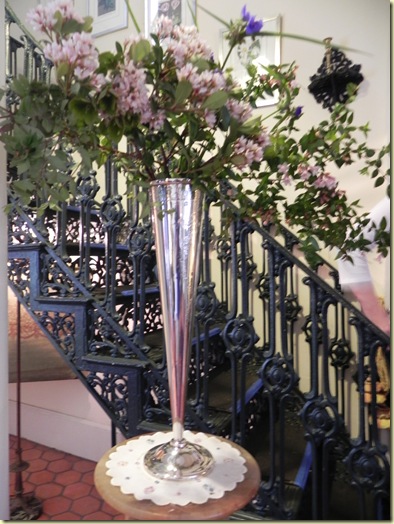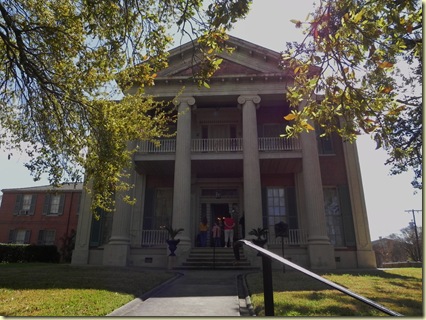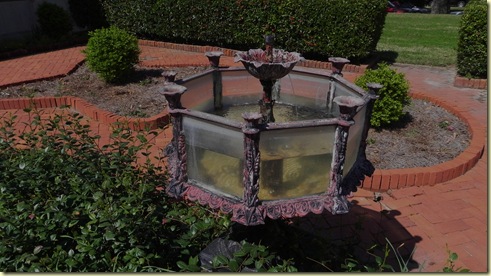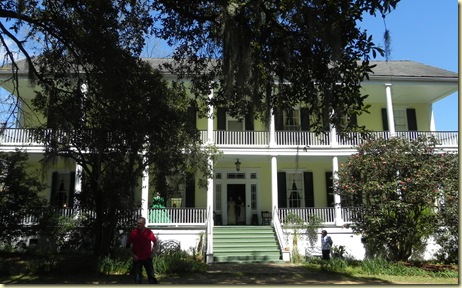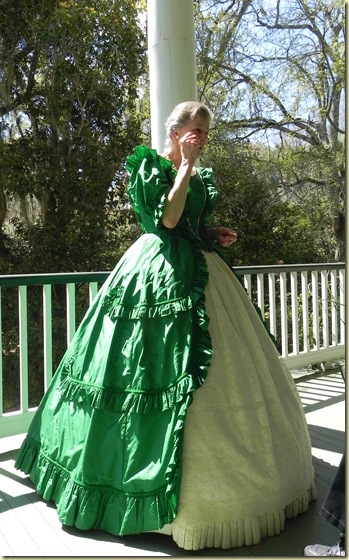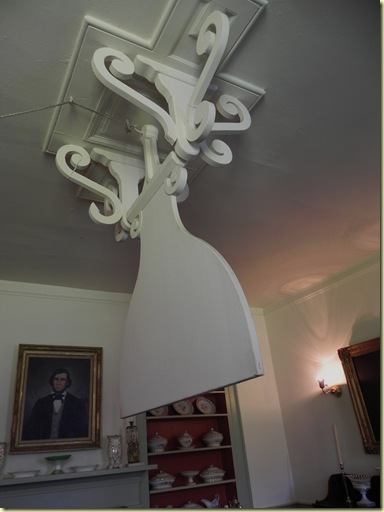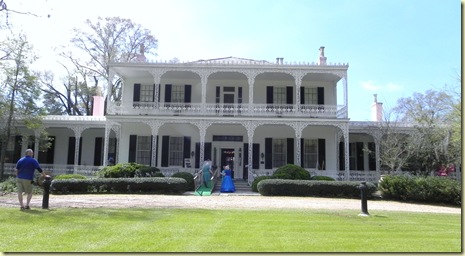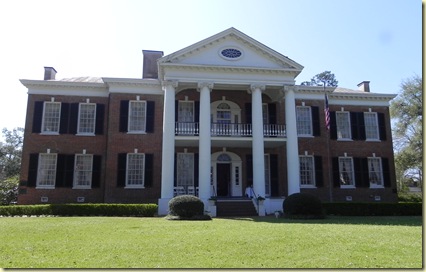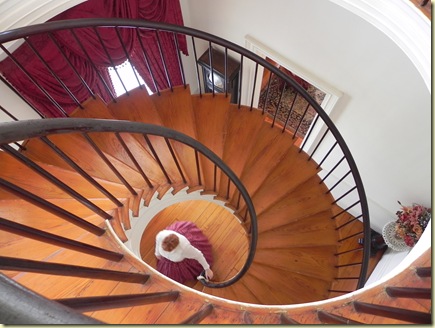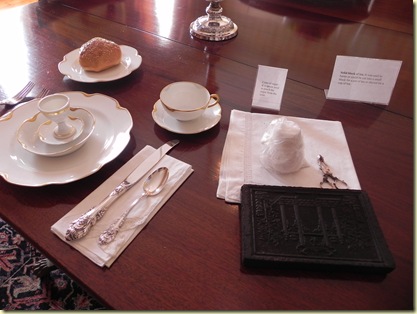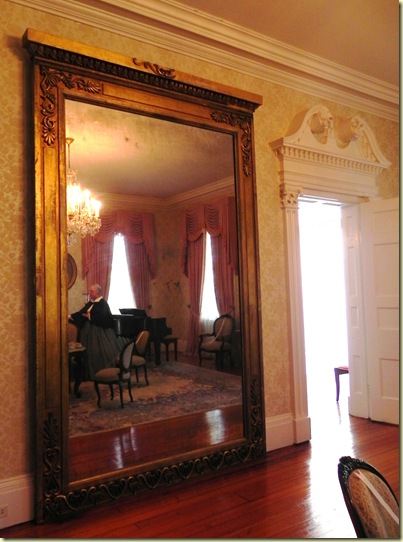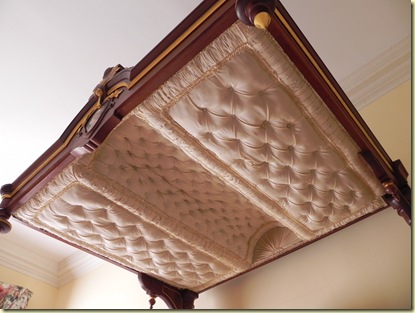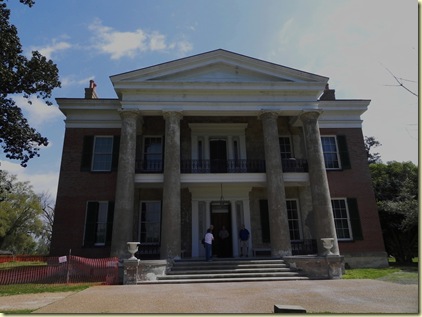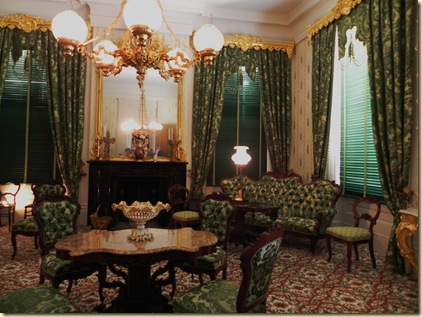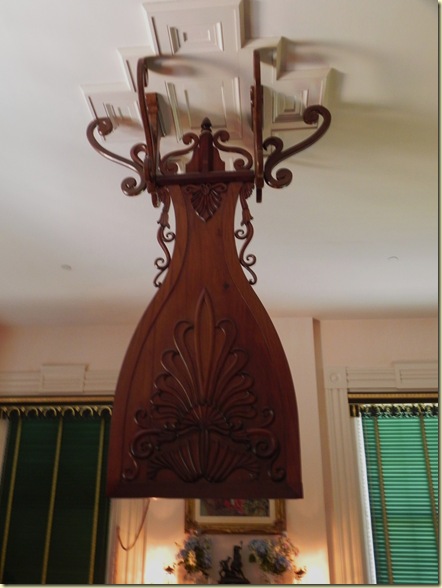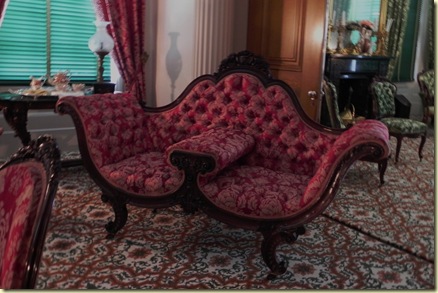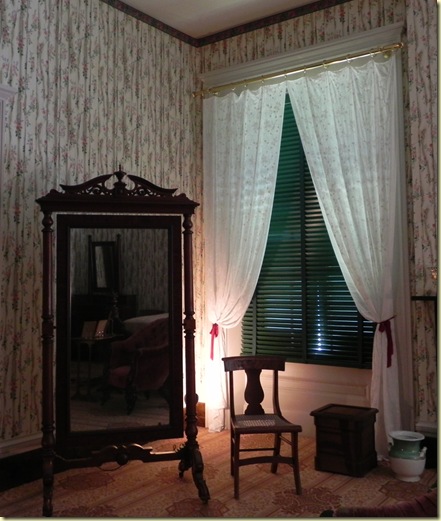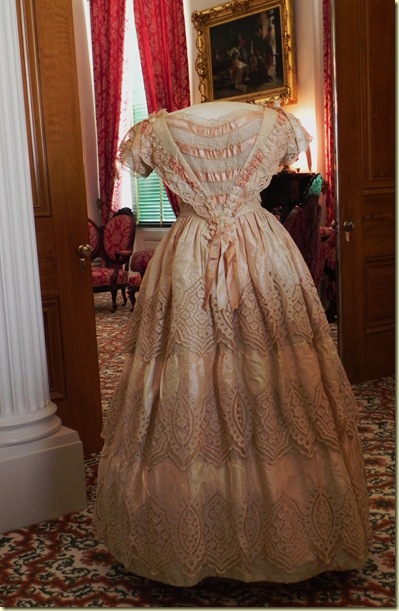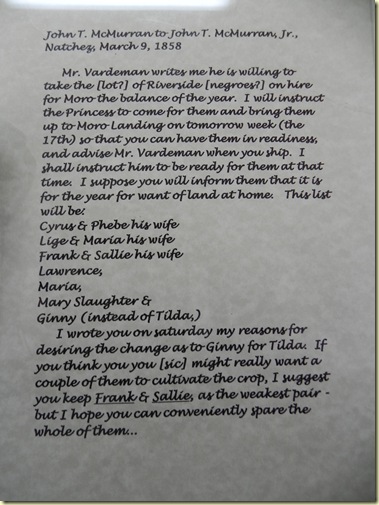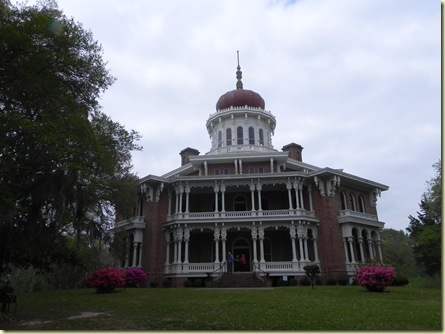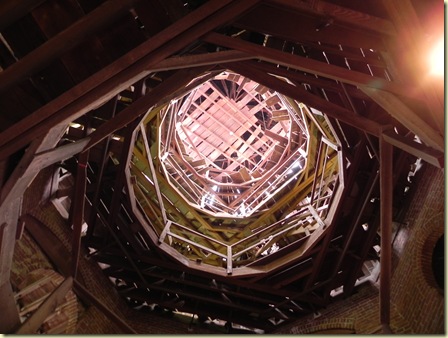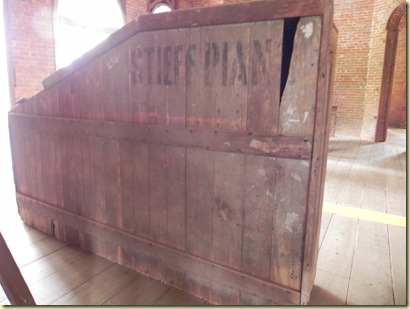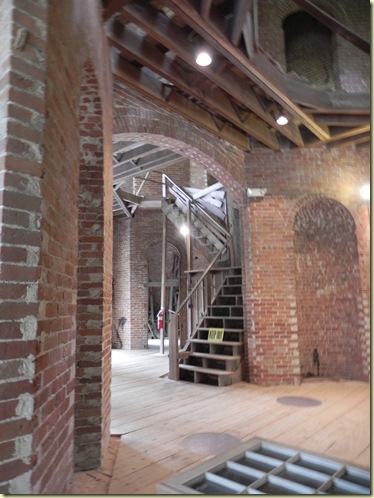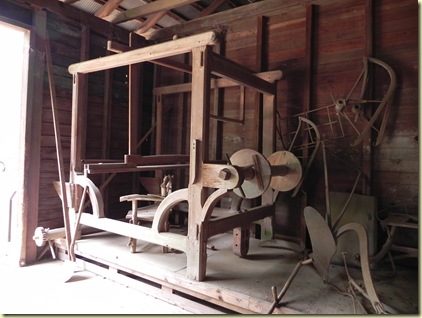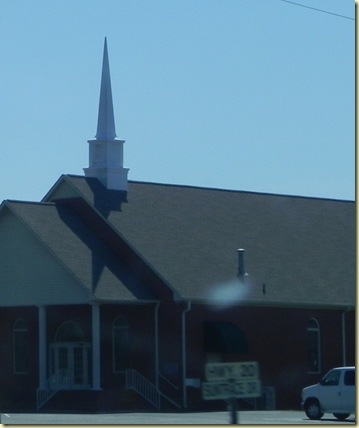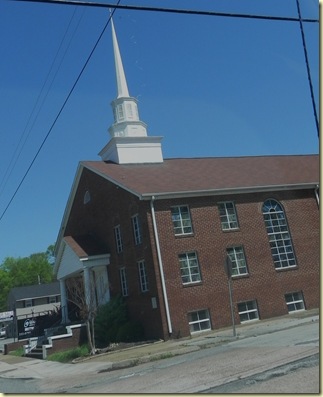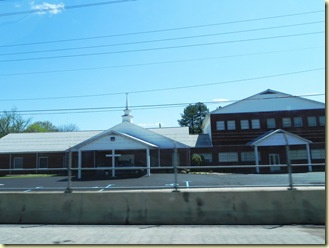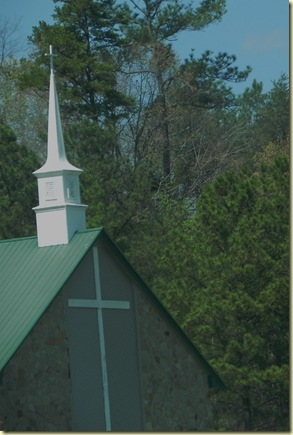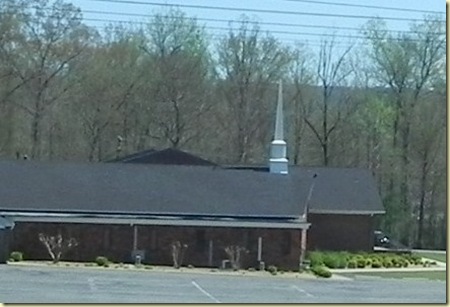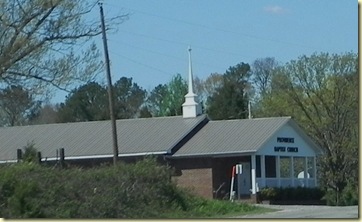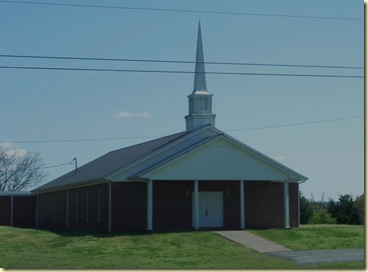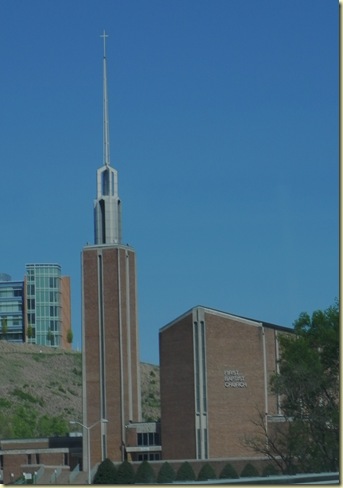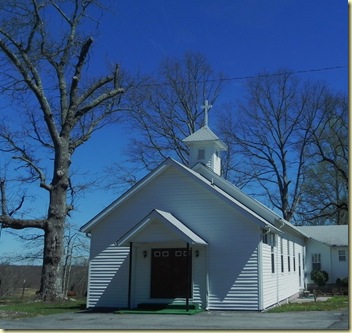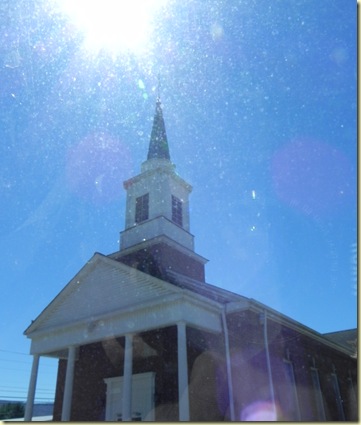It was a pleasant surprise to arrive in Natchez, Mississippi and learn that we were there for the annual Spring Pilgrimage. (Of course I had no idea what a spring pilgrimage was but it sounded good.) I soon learned that it has taken place since 1932 and features tours of thirty historic homes and gardens. Spring Pilgrimage also includes crowning of a king and queen, a Historic Natchez Tableaux, Jazz and Juleps, Flags on the Hill at Sunset, Southern Road to Freedom musical and more but I really just wanted to see the homes. Natchez lays claim to having five hundred historic homes, not all of which are antebellum, but driving around it seems that many many qualify as antebellum! We purchased a six-tour ticket package at the Natchez Visitor Reception Center and later added three more of the antebellum homes to our itinerary. Thought I would share all of the photos I took. . .I’m joking, that would be WAY too many! Instead, here is an exterior photo and a feature I found to be unique at each of the nine.
House on Ellicott Hill
1798
The docent in the first room of this house said it was ok to take photos. . .after I took this photo in the second room this docent quite firmly informed me that NO photos were allowed! I like muli-purpose things so found this to be really intriguing. Behind the top lid is an area to store water and a spigot to fill the wash basin. The water drains out into a container below the wash basin and you can see what you have when you open the bottom drawer! No need to use the outhouse during the night!
Texada
1792
Because the exterior walls had disintegrated into disrepair, during restoration each brick was removed and reversed.
The present owner of Texada costumed in period 1790’s attire.
For decades this fan has been carried by the brides of Texada. Each bride has signed the back of the fan.
This docent’s nickname is “Jiminy Cricket.”
Beautifully costumed docent in the doorway of Greenlea, the 1855 home across the street from Texada.
The kitchen of Texada. Amusing that behind us in this room is a modern kitchen with refrigerator, microwave etc. (Oops, see the flat-screen TV?) Loved her hoop-skirted costume with its yellow sash.
Elms
1850
Elms was originally two-and-a-half stories, with two rooms on each floor. Later, the rear gallery was enclosed and then again later new two-story galleries were added to completely surround all of the renovations of the house. Gary remarked that this should have been a “tear-down and re-build” as the interior is quite disjointed!
The home features many many items of sterling silver. In this room the docent gave complete approval for photos, then in the next room another docent issued a stern NO so I and others in our group gave up. Elms is now a bed and breakfast so I’m sure the guests take pictures! Note the wrought-iron circular staircase in the background.
Magnolia Hall
1858
I thought it was interesting that the owner stuccoed and painted this home to imitate the brownstone homes back east.
An ornate ironwork aquarium/fountain in the garden at Magnolia.
Elgin
built 1792-1840
Unlike most of the other homes we toured which were town homes this is a plantation home. Owners preferred to live in Natchez and their plantations were across the Mississippi River in Louisiana.
We were greeted by the costumed present-day owner of Elgin.
Jib doors functioned to turn a window into a door. I wonder why their use hasn’t lasted?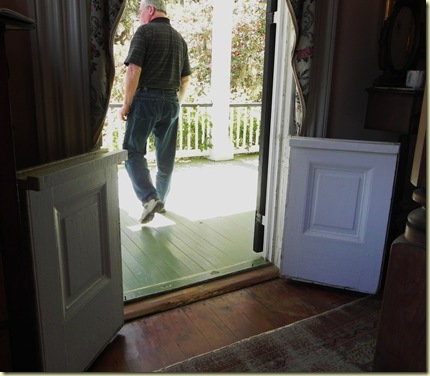
A punkah fan over the dining table served to circulate air and also shoo the flies away. Of course, it required having a slave to constantly pull the rope! It is said that very rich folks had one slave dedicated entirely to operating the punkah fan.
Elms Court
1837
Fourth generation owner of Elms Court (in turquoise) chose not to dress in costume but talked extensively about the history and architecture of her home.
A cistern in the background and stairs to nowhere in the garden.
Auburn
1812
Freestanding spiral staircase to the second floor. The bannister is one continuous piece of wood going up one side and back down the staircase.
Table set for breakfast. The white cone-shape on the napkin is sugar and the snippers are used to carve off the desired amount. The black block is tea and is very solid-so different from my loose tea leaves.
No one noticed that they had placed this huge mirror upside down until it had been installed. No way were they going to risk breaking it so it stands---upside down! You can see the costumed docent in the mirror.
How would you feel sleeping under a “coffin” style canopy? EWWW!
Melrose
1849
This home was acquired by the National Park Service in 1990 and is probably the most completely preserved antebellum home in the Natchez area. The columns are in the process of being renovated.
Many of the furnishings in this home are original. This parlor is splendid with its gilt and bright green draperies and upholstery.
This punkah fan over the dining table is made of wood and, according to our park ranger guide, very heavy.
Do you suppose this sofa was designed to keep courting couples at a distance? (Just a guess on my part!)
Very romantic room designed by the owner for her daughter Mary Elizabeth as a honeymoon suite. She continued to live here while her husband Captain Farar Conner fought for the Confederacy. After the war he walked back home only to learn that Mary Elizabeth and two of their children had died.
Mary Elizabeth’s beautiful pink and ivory silk wedding dress which was created in Paris by the fashion house of Charles Worth who was THE fashion designer of the time. Because of its age and fragility it is only occasionally displayed-I was lucky to get to see it.
In this letter apparently this slave owner was renting out ten of his slaves to another plantation. Note that he says “ship” as if they were cargo.
Longwood
construction began in 1860-never completed (and never will be according to the terms of the donation)
The brochure states that it is the largest octagonal house in America. The war halted construction and Mr. Haller Nutt died in 1864 but his wife Julia and their eight children continued to live in the basement which isn’t a dark dank space but a rather opulent space which opened out into the gardens.
Looking up at the six-story rotunda.
The original packing crate sits where the Steiff piano was uncrated, in what was to be the parlor. The piano is in the basement home.
Construction stairs which would have been removed had the home been completed. The brick walls were slated to be covered with stucco.
The loom appears to be in working condition. All four of the runners which converted the buggy to a sleigh still hang on the wall.
I kept waiting for Gary to throw up his hands and say enough is enough but he surprised me and seemed to enjoy the home tours almost as much as I did. (At one point several years ago he did this, saying “I’m museumed out!” ) So, for a change we were in agreement-of course lunch at fun places, the Pig Out Inn, La Fiesta Grande, Fat Mama’s Tamales and his favorite Big Momma’s Barbecue, between tours helped keep him interested!
